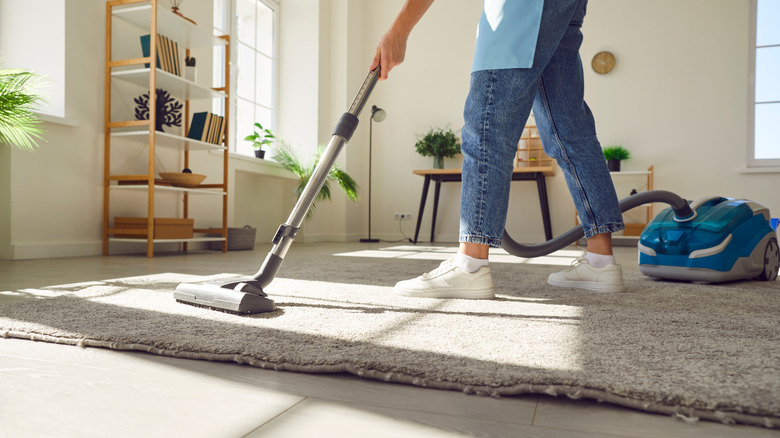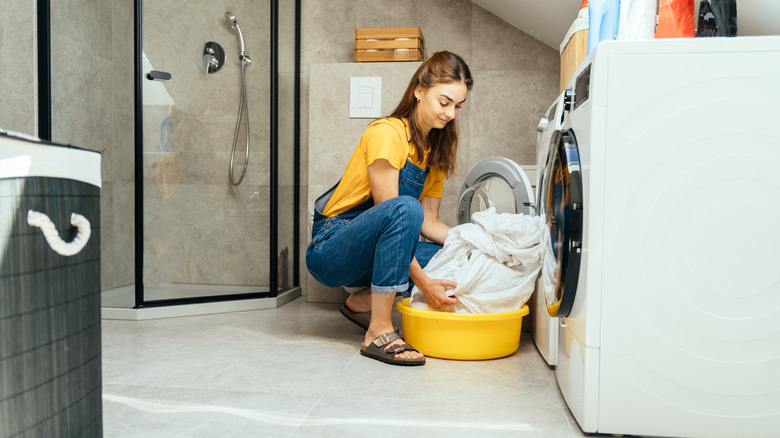Cleaning Tips To Remove Head Lice From Your Home (And What Not To Do!)
You notice your child itching their head incessantly, so you take a closer look. When you do, you spot them: creepy, crawly, tough-to-get-rid-of lice scurrying around in your child's hair. Removing lice from your child's hair can take hours of combing and repeated treatments over several days. The last thing you want to do is re-infest yourselves by allowing the little critters to stay in your home. Washing everything you can in hot water kills many of the bugs. Sealing items in plastic bags and vacuuming religiously also help get rid of them. What you don't want to do is use unproven home remedies like vinegar or expose your family to the hidden downsides of fumigation pest control to kill lice.
Lice need humans to survive. Without a human host, they usually only live a few days. Lice eggs that fall off in your home won't hatch. The insects can't jump or fly from person to person, so the risks of your whole family being infested from lice on floors or other parts of your home are low. However, lice could spread to other family members who lay in the same bed or share clothes. That's why cleaning up your home well is important when you're trying to eliminate a lice outbreak.
When determining where and how to clean, consider where the person who has lice spends most of their time. Their bedroom is a prime target for lice and should be the focus of your cleaning efforts. Furniture in shared spaces, like your living room and family room, might also harbor lice and will benefit from a deep cleaning.
Vacuum, quarantine, and use heat to eliminate lice
The goal of your cleaning efforts is to remove and kill the bugs that fall off of the infested person's head. Hot water that's at least 130 degrees Fahrenheit is an effective way to eliminate lice. The best way to cleaning bedding and other linens after a lice infestation is in your washing machine on the highest water temperature setting. Then, put the items directly into the dryer on the highest heat setting for at least 30 minutes. Washing your bedding daily is essential to avoid a recurring lice outbreak. Harder items like brushes, combs, and hard, sturdy toys, can be placed in hot water for five to 10 minutes or soaked in rubbing alcohol for an hour.
When you can't easily wash an item, you'll want to bag it up in a tightly sealed plastic bag. This contains the insects and keeps them away from potential hosts. Wait two weeks before you unbag the items and take them back inside your home. When you're sure the lice are dead, open the bag outdoors so you can shake the items to remove the dead lice. You can also take dry-clean-only items to a dry cleaner as long as you alert them about the lice exposure.
Vacuum your floors regularly to remove any lice or nits that fall off of your family member's head. You can also vacuum your furniture, mattresses, and other large items that can't easily be washed or bagged for quarantine. Don't forget to vacuum the seats in your car and any children's car seats that could also be infested.
Don't use fumigating treatments or vinegar
You'll likely read about a lot of home remedies for killing lice, but they're often unproven. That includes vinegar, which is sometimes recommended to deal with lice. However, it hasn't shown to be effective in killing lice, so you don't need to add it to your laundry or use it to clean surfaces in your home. Vinegar can be a versatile cleaning tool and is usually safe to use for cleaning, but it won't add any extra lice-control properties to your cleanup process.
Another method of killing lice in your house that you should avoid is any type of fumigating product or professional pest control services. Insecticide fogs and sprays often contain toxic chemicals that can be absorbed into your skin. Inhaling the products can also be dangerous. The chemicals put your family and pets at risk. You don't need to use strong chemicals to kill lice in your home. If you're consistent with washing bedding and vacuuming your home along with treating the person for lice, you should be able to keep the infestation under control and eliminate the parasites completely within two to three weeks.


